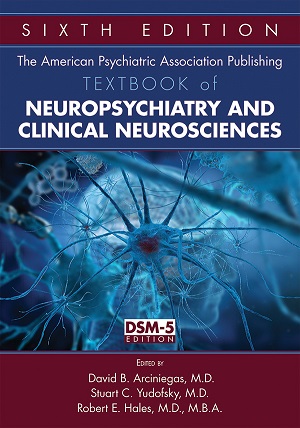Chapter 25.Mood Disorders
Sections
Excerpt
Mood disorders are characterized by abnormalities of mood and affect regulation, cognitive changes, motor activity alterations, sleep abnormalities, appetite changes, and other disturbances of homeostatic/drive states (e.g., libido, motivation). Although the etiology of mood disorders in most patients is “idiopathic,” neuropsychiatric disorders are commonly associated with disturbances of mood and affect, especially depressive syndromes. A growing literature supports a similar neurobiological basis for mood disorders, regardless of etiology. However, rather than defining a single causative “lesion” or neurochemical abnormality, current models propose an integrated set of distinct but interconnected neural systems underlying the phenomenological features of mood disorders. Each of these systems may be more or less disturbed, resulting in variable symptomatic presentation and treatment response. Mood disorders (major depressive disorder, persistent depressive disorder [dysthymia], and bipolar disorder) are a pervasive and costly public health concern. Mood disorders have a 12-month prevalence rate of about 10% and a lifetime prevalence rate of about 20%. Mental and behavioral disorders, especially major depressive disorder, are the leading cause of disability in the United States and present a significant economic burden nationally and globally.
Access content
To read the fulltext, please use one of the options below to sign in or purchase access.- Personal login
- Institutional Login
- Sign in via OpenAthens
- Register for access
-
Please login/register if you wish to pair your device and check access availability.
Not a subscriber?
PsychiatryOnline subscription options offer access to the DSM-5 library, books, journals, CME, and patient resources. This all-in-one virtual library provides psychiatrists and mental health professionals with key resources for diagnosis, treatment, research, and professional development.
Need more help? PsychiatryOnline Customer Service may be reached by emailing [email protected] or by calling 800-368-5777 (in the U.S.) or 703-907-7322 (outside the U.S.).



